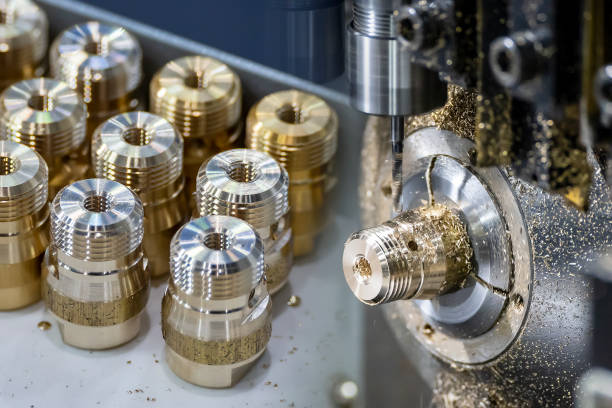
In the realm of manufacturing, the processes of casting and machining play a crucial role in the production of a wide range of products. From automobile components to industrial machinery, these processes are essential in creating the parts that keep our modern world running smoothly. Casting is the process of creating a part by pouring molten metal or other materials into a mold and allowing it to solidify into the desired shape. This method is often used to produce complex parts with intricate designs that would be difficult or costly to create through other means. Machining, on the other hand, involves removing material from a workpiece to shape it into the desired form using cutting tools and machinery.
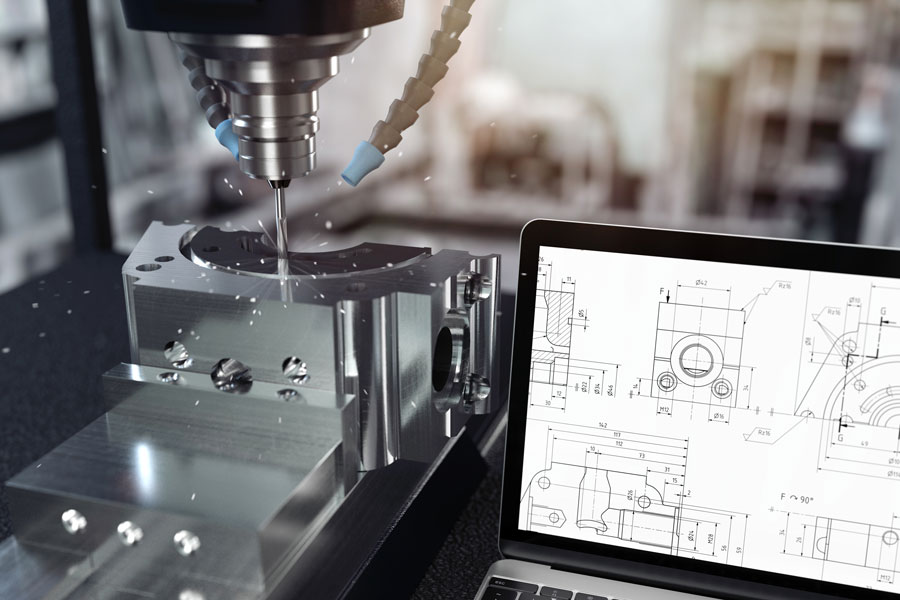
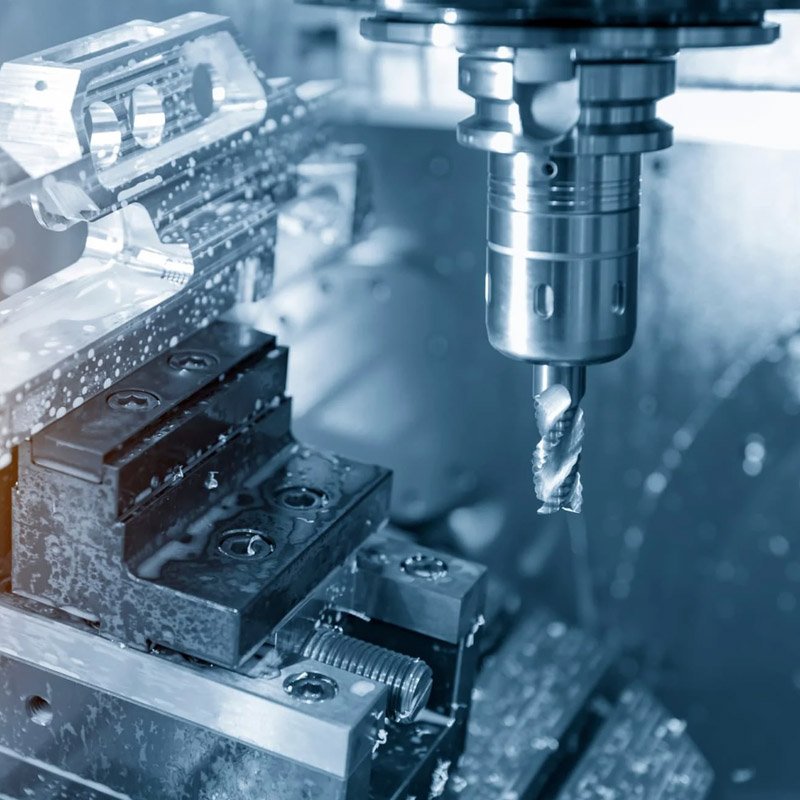
This process is often used to create precise and accurate components that require tight tolerances and high-quality surface finishes. The combination of casting and machining is often used in the production of parts that require both the intricacy of casting and the precision of machining. For example, in the automotive industry, engine components such as cylinder heads and crankshafts are often produced through a combination of casting and machining. By casting the parts into a rough shape and then machining them to the required specifications, manufacturers are able to create high-performance components with complex geometries and tight tolerances. In recent years, advancements in technology have led to improvements in both casting and machining processes.
The use of computer-aided design (CAD) and computer-aided manufacturing (CAM) software has allowed manufacturers to create more complex and efficient molds for casting, as well as more accurate and precise machining paths. Additionally, the development of new materials and alloys has expanded the possibilities for both casting and machining, allowing for the production of parts that are stronger, lighter, and more durable than ever before. One of the key advantages of casting and machining is their ability to create parts with a high level of customization. Unlike other manufacturing processes, casting and machining allow for the production of unique, one-of-a-kind components that can be tailored to specific requirements.
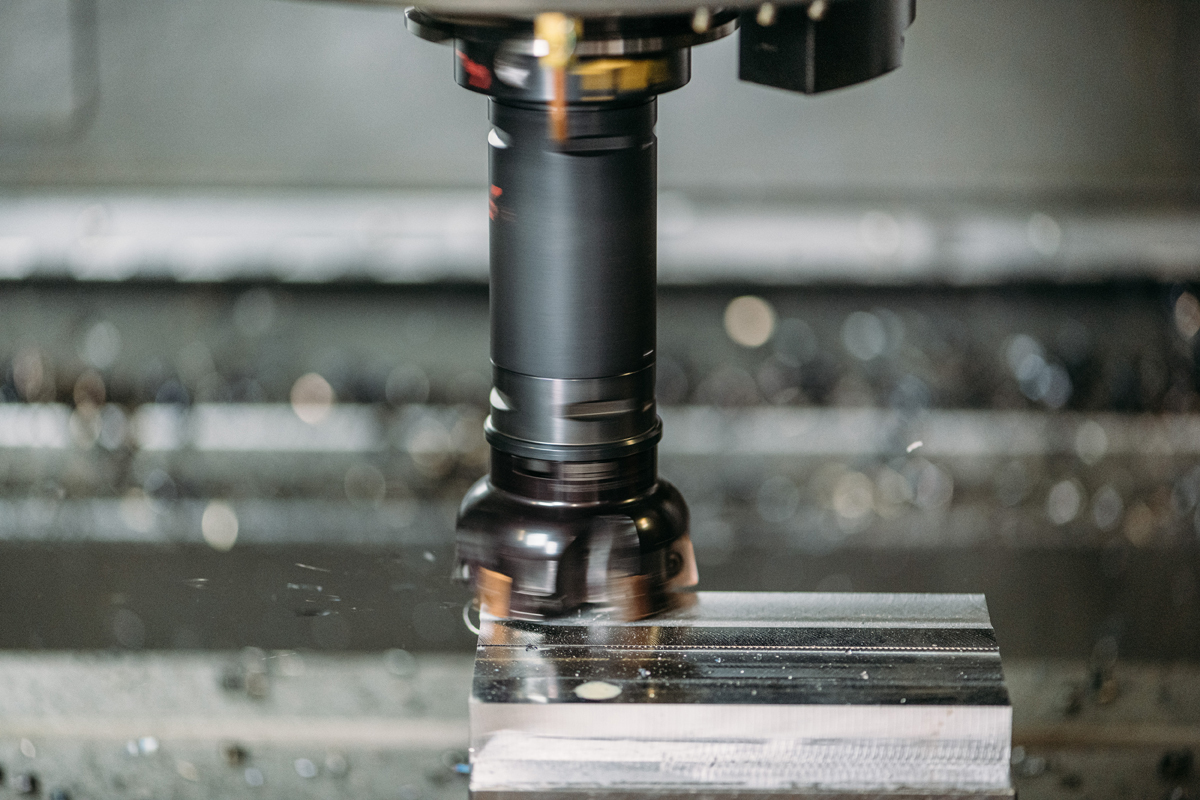
This flexibility makes these processes particularly valuable in industries such as aerospace and defense, where the demand for specialized components is high. Despite the many advantages of casting and machining, these processes are not without their challenges. Both casting and machining require a high level of skill and expertise to execute properly, and quality control is essential to ensure that the finished parts meet the required specifications. Additionally, the use of molten metal in casting can present safety hazards, and the machining of hard materials can be physically demanding on equipment and tooling.
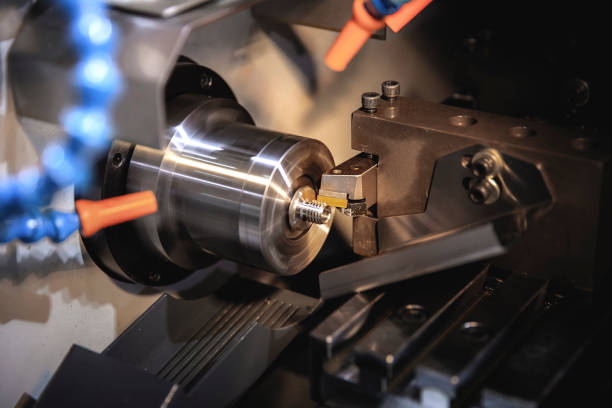
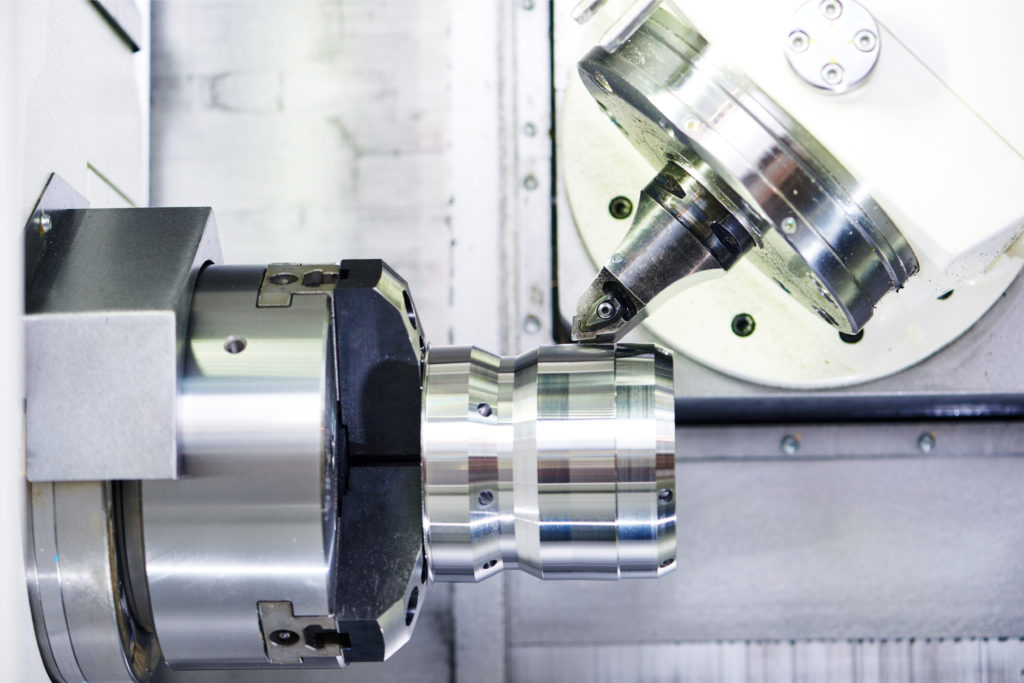
This flexibility makes these processes particularly valuable in industries such as aerospace and defense, where the demand for specialized components is high. Despite the many advantages of casting and machining, these processes are not without their challenges. Both casting and machining require a high level of skill and expertise to execute properly, and quality control is essential to ensure that the finished parts meet the required specifications. Additionally, the use of molten metal in casting can present safety hazards, and the machining of hard materials can be physically demanding on equipment and tooling.
Post time: Dec-25-2023
